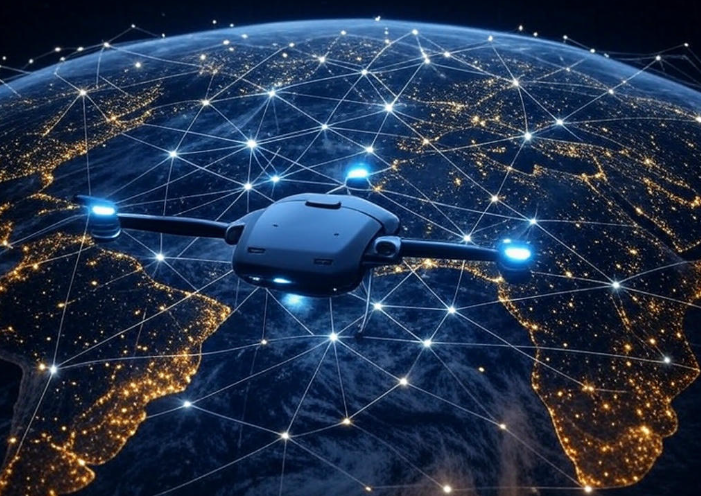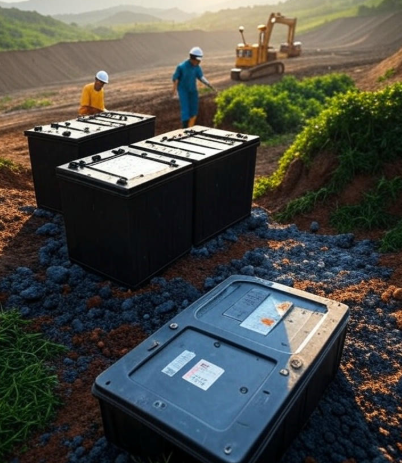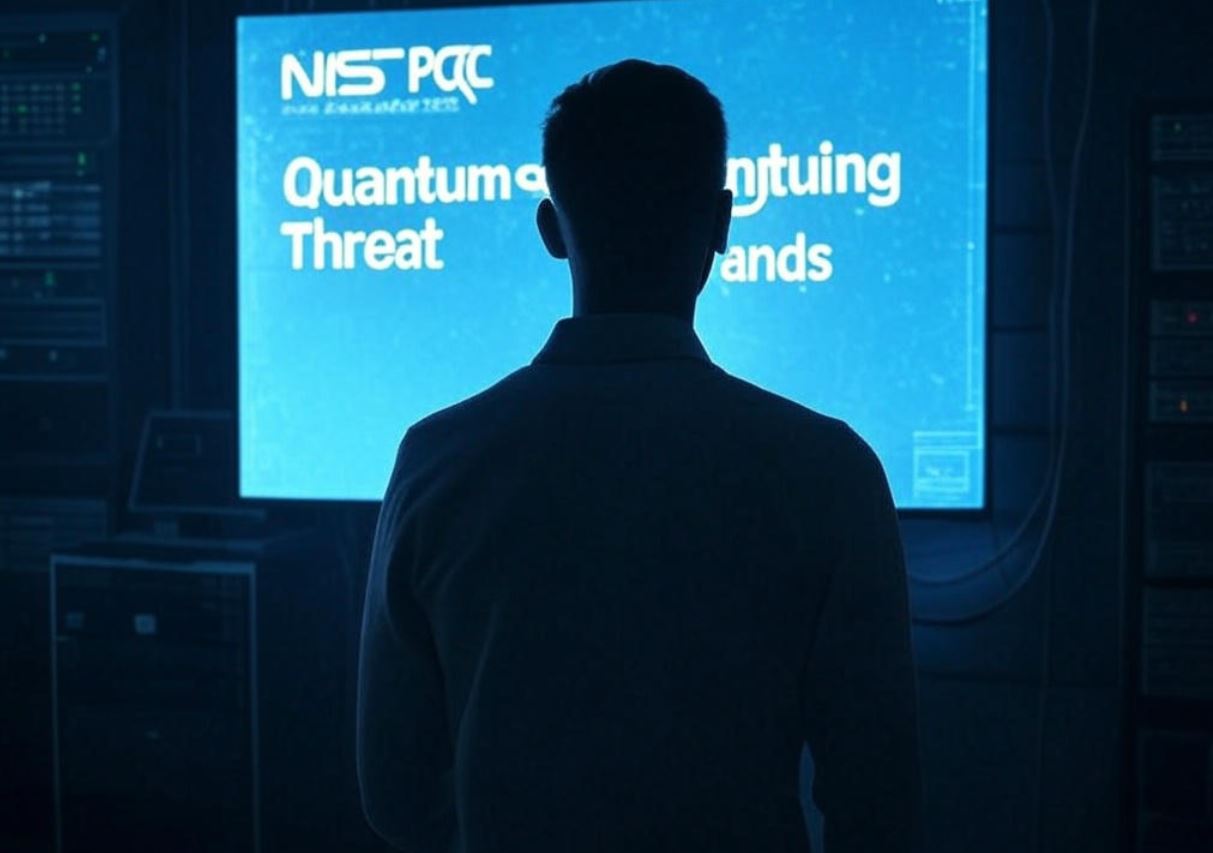The International Space Station (ISS), orbiting roughly 250 miles above Earth, has been a cornerstone of space research for over two decades, serving as a microgravity laboratory for scientific discovery and technological innovation. Among the many areas of study conducted on the ISS, navigation technology stands out as a critical field, especially as humanity sets its sights on deeper space exploration missions to the Moon, Mars, and beyond. A recent NASA article from April 25, 2025, highlights how ongoing ISS research is advancing navigation tools for both crewed spacecraft and autonomous robots, addressing the unique challenges of space navigation. This blog explores these cutting-edge developments, their implications for future missions, and the broader impact on space exploration.
The Challenge of Space Navigation
Navigating in space is far more complex than on Earth. On our planet, we rely on global navigation satellite systems (GNSS) like GPS, which depend on a constellation of satellites to provide precise positioning data. However, in deep space—beyond the reach of Earth’s satellite networks—such systems are unavailable. For missions to the Moon or Mars, spacecraft and robots must navigate autonomously or with minimal ground support, often in environments with limited visibility, extreme conditions, and no magnetic field to rely on. The ISS, as a testbed in low Earth orbit, provides a unique environment to develop and refine navigation technologies that can overcome these challenges.
One of the primary goals of ISS navigation research is to ensure that future missions can operate safely and efficiently, whether they involve crewed spacecraft, remotely controlled robots, or autonomous systems. The ability to navigate accurately is essential for tasks like docking spacecraft, assembling structures on planetary surfaces, or exploring uncharted terrain. The ISS’s microgravity environment and proximity to Earth make it an ideal platform for testing these technologies under controlled conditions before they are deployed on more ambitious missions.
NAVCOM: A New Era of Lunar Navigation
One of the most promising investigations currently underway on the ISS is the NAVCOM project, which leverages the station’s ISS Ham Radio program hardware to test a novel navigation system. Unlike GNSS, which relies on satellites, NAVCOM processes signals from ground stations and reference clocks to determine position and time. This approach is particularly suited for lunar missions, where traditional GPS is unavailable. By using radio signals, NAVCOM offers a potential solution for navigation on the Moon’s surface, where astronauts and rovers will need reliable positioning to explore and establish bases.
The implications of NAVCOM extend beyond the Moon. If successful, this technology could be adapted for Mars missions, where communication delays with Earth—up to 24 minutes round-trip—make real-time navigation challenging. A system that can independently provide accurate positioning data would reduce reliance on Earth-based support, enhancing mission autonomy and safety. The ISS’s role in testing NAVCOM underscores its importance as a proving ground for technologies that will enable humanity’s next steps in space exploration.
SEXTANT: Navigating by the Stars
Another significant ISS investigation, the Station Explorer for X-ray Timing and Navigation Technology (SEXTANT), takes a different approach by harnessing the power of pulsars—rapidly spinning neutron stars that emit regular X-ray pulses. These pulses are as precise as atomic clocks, making pulsars a potential “cosmic GPS” for space navigation. SEXTANT, part of the broader NICER (Neutron star Interior Composition Explorer) mission, conducted its first in-space demonstration in 2017 and reported in 2018 that real-time, autonomous X-ray pulsar navigation is feasible.
The concept of using celestial bodies for navigation is not new—mariners have used stars for centuries—but SEXTANT modernizes this idea for the space age. By measuring the timing of pulsar emissions, spacecraft can determine their position anywhere in the solar system with high accuracy. This technology could be a game-changer for deep space missions, where traditional navigation methods fall short. The ISS’s microgravity environment allowed researchers to test SEXTANT under conditions that mimic deep space, providing valuable data for further refinement. Future experiments aim to enhance the system’s precision, potentially making it a standard navigation tool for missions to Mars and beyond.
The SEXTANT investigation also highlights the ISS’s role in fostering interdisciplinary research. While primarily a navigation project, it builds on NICER’s study of neutron stars, demonstrating how scientific discovery and technological innovation can go hand in hand. This dual-purpose approach maximizes the value of ISS research, contributing to both our understanding of the universe and the practical needs of space exploration.
Sextant Navigation: A Backup for Emergencies
In addition to high-tech solutions like NAVCOM and SEXTANT, the ISS has also been a testing ground for more traditional navigation methods. The Sextant Navigation investigation explored the use of a hand-held sextant—a mechanical device that measures the angle between celestial bodies and the horizon—to provide emergency backup navigation for lunar missions. Sextants were used during NASA’s Gemini and Apollo missions, proving their reliability in space, and the ISS study aimed to validate their effectiveness in a modern context.
Researchers found that with minimal training, ISS crew members could produce quality sightings through a station window, with accuracy improving over time. The investigation identified techniques to enhance performance, such as refocusing between readings and adjusting the sextant’s position relative to the window. These findings are significant for future lunar missions, where a sextant could serve as a low-tech, reliable backup if primary navigation systems fail. In the harsh environment of space, where redundancy is critical, such a tool could mean the difference between mission success and failure.
The Sextant Navigation study also underscores the value of human ingenuity in space exploration. While autonomous systems and advanced technologies are essential, the ability of astronauts to perform manual navigation provides an additional layer of safety. The ISS’s role in refining this skill ensures that future crews will be well-prepared for the challenges of deep space travel.
Robotic Navigation: The Role of Astrobees
Navigation isn’t just a challenge for spacecraft—it’s also critical for robots that will support future missions. The ISS has been home to the Astrobees, three cube-shaped robots designed to assist with tasks like cargo handling and maintenance. The ReSWARM (Relative Satellite Swarming for Autonomous Robotic Missions) experiment used the Astrobees to test the coordination of multiple robots in close proximity, a capability that will be essential for lunar and Martian surface operations.
ReSWARM demonstrated that the Astrobees could navigate around each other and their environment autonomously, using models to predict their behavior. This finding suggests that robots can perform tasks like cargo transport or structure assembly without constant human oversight, increasing their utility for future missions. For example, on the Moon or Mars, robots could be used to set up habitats or conduct scientific experiments, freeing astronauts to focus on higher-priority tasks.
The Surface Avatar experiment, conducted by the European Space Agency (ESA), further explored robotic navigation by testing orbit-to-ground remote control of multiple robots. This investigation simulated scenarios where astronauts on a lunar gateway station might control robots on the surface, highlighting the need for precise navigation in remote operations. The ISS’s microgravity environment provided a realistic testing ground for these experiments, ensuring that the technologies developed will be ready for the challenges of planetary exploration.
The Broader Impact on Space Exploration
The navigation technologies being developed on the ISS have far-reaching implications for the future of space exploration. As NASA prepares for the Artemis program, which aims to return humans to the Moon by the late 2020s, reliable navigation will be critical for landing, surface operations, and return journeys. The lessons learned from NAVCOM, SEXTANT, and Sextant Navigation will inform the design of navigation systems for Artemis missions, ensuring that astronauts can operate safely and efficiently.
Looking further ahead, these technologies will be essential for Mars missions, where the stakes are even higher. The ability to navigate autonomously, using pulsars or ground-based signals, could enable spacecraft and rovers to explore the Martian surface with greater independence. Meanwhile, advancements in robotic navigation will support the development of autonomous systems capable of preparing the way for human explorers, from building habitats to conducting scientific surveys.
Beyond their practical applications, these ISS experiments demonstrate the value of international collaboration in space research. The involvement of multiple space agencies—NASA, ESA, and others—in these projects highlights the shared commitment to advancing humanity’s presence in space. The ISS, as a platform for this collaboration, continues to pave the way for a future where space exploration is a global endeavor.
Insights
The ISS’s contributions to navigation technology are a testament to its role as a catalyst for innovation in space exploration. From the cutting-edge NAVCOM and SEXTANT projects to the practical applications of sextant navigation and robotic coordination, the research conducted on the ISS is laying the groundwork for humanity’s next great leaps into the cosmos. As we prepare to return to the Moon and eventually journey to Mars, these advancements will ensure that we can navigate the challenges of deep space with confidence, bringing us closer to a future where the stars are within our reach.




